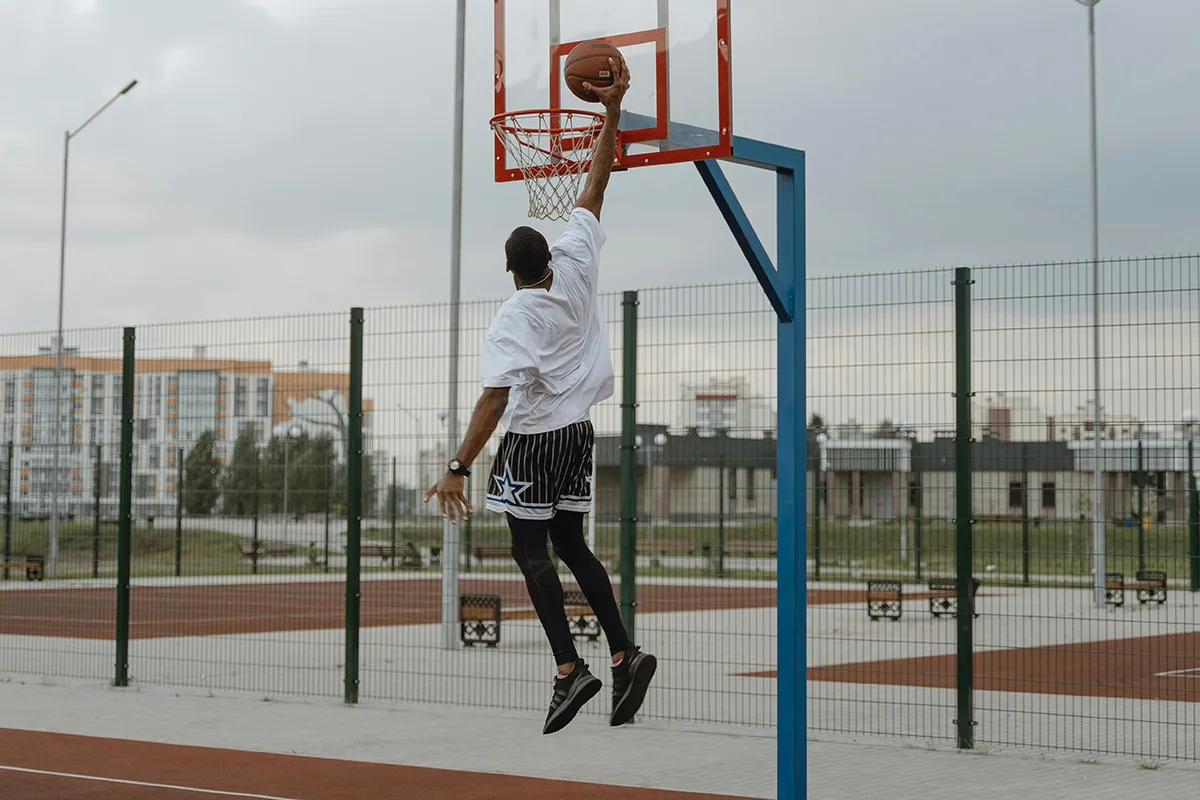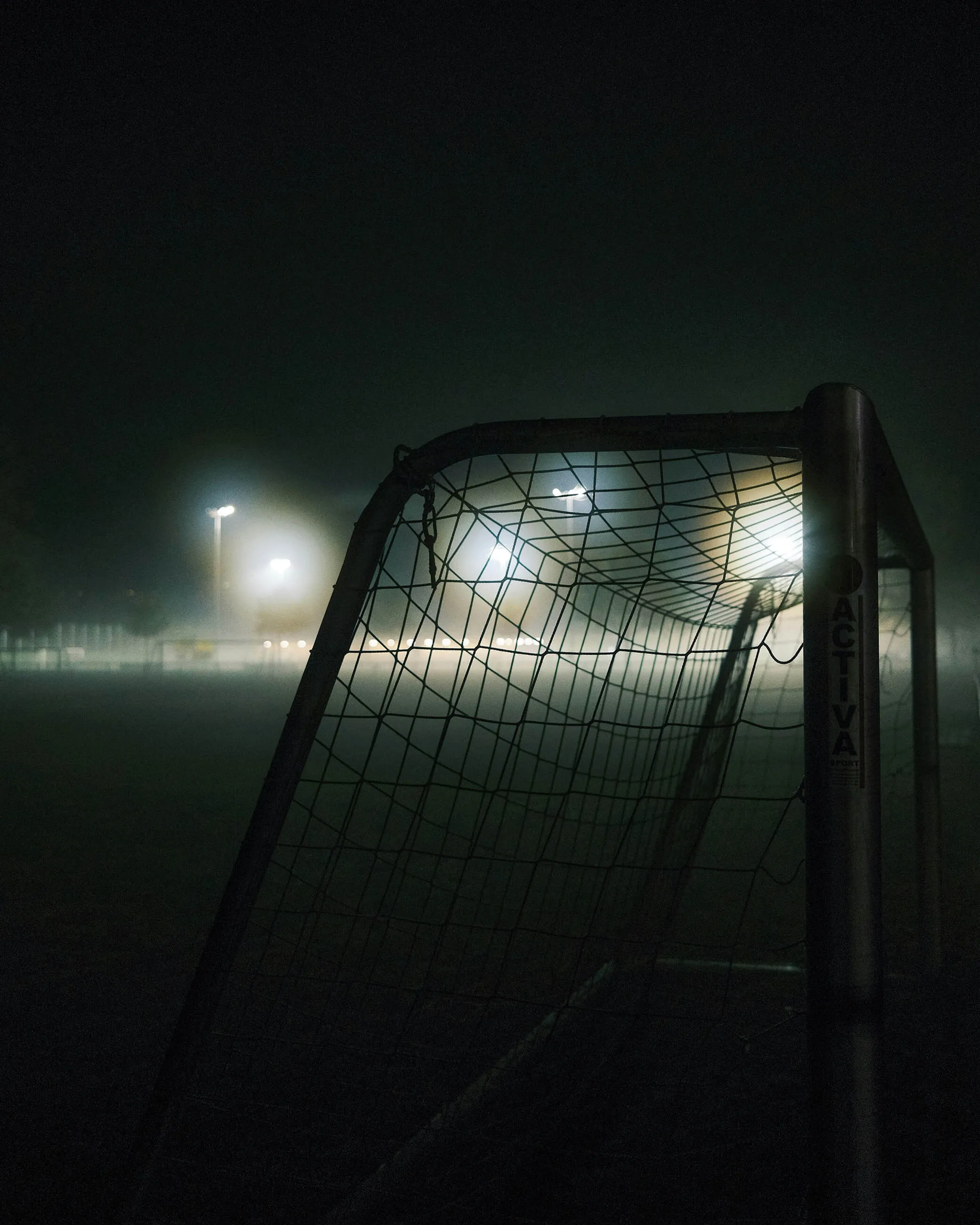
In for the Skill — How we learn and master new skills
Exploring the psychological journey from novice to expert, and the key theories behind skill acquisition in sports and beyond.
How We Learn and Master New Skills: The Psychology of Skill Acquisition
Have you ever watched a professional athlete perform and thought, “They make it look so effortless”? This apparent effortlessness is the culmination of thousands of hours of practice, during which complex movements gradually transform from awkward, conscious efforts into fluid, automatic actions. The journey from novice to expert follows a fascinating psychological path—one that science has been mapping for decades.
The Three-Stage Journey: From Conscious Thought to Automatic Performance
One of the most influential frameworks for understanding how we acquire new skills comes from Fitts and Posner (1967), who proposed that skill acquisition unfolds across three distinct stages. Whether you’re learning to serve a tennis ball, play a musical instrument, or perform a surgical procedure, you’ll likely progress through these same psychological phases.
The Cognitive Stage: Understanding the Task
The first phase of learning any new skill is marked by a heavy focus on understanding what you’re trying to accomplish and how to go about it. This is the cognitive stage, where you develop what psychologists call a “motor programme”—a mental representation of the skill and how to perform it.
During this phase, you’ll rely heavily on your visual system. You’ll watch demonstrations attentively, observing both your own limbs and those of more experienced performers. You might mentally rehearse movements before executing them, and engage in detailed discussions about technique. The role of the coach or teacher is critical here, providing demonstrations and explaining exactly what to watch for when observing.
This stage can feel awkward and mentally exhausting. A basketball player learning a new shooting technique might need to consciously think about feet position, knee bend, elbow alignment, wrist action, and follow-through—all before the ball even leaves their hand!
The Associative Stage: Practice Makes Better
Once you’ve developed an effective motor programme, you enter the associative stage. This intermediate phase is all about practice, gradually refining your movements through repetition. As you practice, you’ll need to think less and less about the skill to perform it successfully.
A fascinating shift occurs during this stage: you become less dependent on vision and more reliant on proprioception—your body’s sense of its own position and movement. Rather than watching your limbs, you begin to “feel” whether your movements are correct. With continued practice, errors decrease while speed, accuracy, and consistency improve.
A tennis player in this stage might still occasionally check their grip or watch their follow-through, but they’re beginning to develop a feel for the correct swing path without constant visual monitoring.
The Autonomous Stage: Mastery and Automaticity
The final stage in skill acquisition is the autonomous stage, where the skill becomes largely automatic. Performing the skill now requires minimal conscious effort—in fact, thinking about the mechanics might actually worsen performance!
This automaticity frees up cognitive resources to focus on other aspects of performance, such as strategy or responding to opponents. Michael Jordan, as cited by Fischman and Oxendine (1993), exemplified this stage—able to dribble a basketball at full speed and change direction without conscious thought, leaving his mind free to analyze the positions of other players and determine the best path to the basket.
Contemporary cognitive psychology confirms this principle: practice allows us to perform actions automatically, and automatic processing requires very little conscious effort. This model offers coaches valuable insights into how to structure training. By identifying which stage a performer has reached, coaches can provide the optimal balance of demonstration, instruction, and practice opportunities.
How Information Flows: The Information-Processing Approach
While the three-stage model helps us understand the progression of learning, it doesn’t explain the mechanics of how our minds process information during skill execution. For this, we turn to the information-processing approach.
This approach, pioneered by Welford (1968), views human skill acquisition by analogy with a computer. Like a computer operation, a human skill involves three stages:
- Input (perception): Taking in information through our senses
- Throughput (decision-making): Processing the information and deciding how to respond
- Output (response): Executing the physical movement
This model helps us understand where difficulties might arise during skill execution. Is an athlete struggling because they’re not perceiving relevant cues (input), making poor decisions about how to respond (throughput), or executing movements incorrectly (output)?
The importance of different information sources varies by skill type. Open skills, performed in unpredictable environments (like team sports), heavily rely on visual information about the environment. Closed skills in more predictable environments (like diving or gymnastics) depend more on proprioceptive feedback about body position and movement.
As skills become automatic, our information processing becomes more efficient. We develop the ability to filter out irrelevant information and focus only on what matters for performance. Expert basketball players, for instance, don’t consciously process the feeling of the ball in their hands during a game—that information is processed automatically, allowing conscious attention to focus on strategic decisions.
The Memory Behind the Movement: How Skills Are Stored
Understanding skill acquisition requires examining how motor skills are stored and retrieved in memory. Two major theories have emerged to explain this process: closed loop theory and schema theory.
Closed Loop Theory: The Internal Feedback System
Adams (1971) proposed that we store two separate types of information for movement. The memory trace contains information needed to initiate the movement, while the perceptual trace contains information about what the movement should feel like if performed correctly.
Once movement begins, feedback from the muscles is compared to the perceptual trace. If they don’t match, a control center amends the movement accordingly. This creates a “closed loop” system where execution is continuously monitored and adjusted.
This theory nicely explains that familiar experience of beginning a golf swing or tennis serve and immediately sensing that something is wrong. However, it doesn’t account for movements that happen too quickly for this feedback loop to operate.
Schema Theory: Flexible Movement Patterns
Schmidt (1975) addressed this limitation with schema theory. A schema is a packet of information containing everything we know about a subject. Schmidt proposed that when we perform an action, we store four types of information:
- The initial conditions (environment, body position)
- Movement specifications (speed, force, direction)
- The results of the action
- The sensory consequences (how it felt)
From this information, we develop two schemas: a recall schema containing information to reproduce the movement, and a recognition schema that compares actual movements with expected ones.
The key difference from closed loop theory is that schemas are generalized—one schema can be activated in multiple situations. This cognitive economy makes schema theory the more widely accepted explanation today.
From Competent to Expert: The Psychology of Elite Performance
What distinguishes truly expert performers from those who are merely competent? Modern research has identified several cognitive differences between experts and novices.
Knowledge Depth and Organization
Experts possess more knowledge in both procedural domains (how to do things) and declarative domains (facts about their sport). But it’s not just about quantity—experts process information more deeply and organize it more efficiently.
Abernathy et al. (1994) demonstrated this by comparing snooker players of different skill levels. Expert players showed superior knowledge not only in how to perform specific shots but also in strategic planning.
Anticipation: Seeing Before It Happens
Another hallmark of expertise is anticipation—the ability to predict events before they occur. This is crucial in fast-paced sports where reaction times alone would be insufficient.
Elite goalkeepers can’t possibly react to a penalty kick after it’s struck (the ball moves too fast), but they can anticipate the likely direction from subtle cues in the kicker’s approach and body position. This anticipatory skill develops with experience but shows individual differences even among novices, suggesting both training and perhaps some natural predisposition play a role.
Metacognition: Thinking About Thinking
Perhaps the most fascinating difference between experts and novices lies in metacognition—awareness and control of one’s own thought processes. Experts make greater use of three types of metacognitive knowledge:
- Personal knowledge: Understanding their own cognitive strengths and preferences
- Task knowledge: Clear awareness of what different sporting situations demand
- Strategy knowledge: Consciousness of available strategies and ability to select the most appropriate one
McPherson (2000) found that expert tennis players used strategy knowledge three times more frequently than novices between points, constantly planning and adjusting their approach.
Enhancing Skill Through Practice: Quality Matters
Practice is undeniably essential for skill acquisition, but not all practice is created equal. Several dimensions of practice have been identified as particularly important:
Massed vs. Distributed Practice
Massed practice involves extended periods focused on a single skill, while distributed practice intersperses skill practice with other activities. Massed practice reduces forgetting between sessions but can lead to boredom or injury. The optimal approach often depends on the skill and the individual, with a balance typically producing the best results.
Whole vs. Part Practice
Should skills be practiced in their complete form or broken down into components? For continuous skills like running, whole-skill practice makes sense. For complex serial skills like a gymnastics routine, practicing individual elements separately can be beneficial—provided they’re eventually integrated to maintain flow.
Physical vs. Mental Practice
Physical practice is essential, but mental practice—visualizing yourself performing the skill—also contributes to improvement. Smith et al. (1998) found that participants who merely imagined performing finger exercises improved their strength by 16% over four weeks (though those who physically practiced improved by 33%). The most effective approach combines both, with an emphasis on physical practice.
Guidance and Feedback: The Critical Coaching Role
The quality of practice is substantially enhanced by appropriate guidance and feedback. Guidance may be visual (demonstrations), verbal (instructions), or manual (physical adjustment), with each serving different purposes at different learning stages.
Feedback comes in two main forms: knowledge of performance (information about technique) and knowledge of results (scores, times, etc.). In early learning stages, performance feedback is particularly crucial before athletes develop the proprioceptive awareness to self-evaluate.
Conclusion: The Science of Skill Development
The journey from novice to expert is a fascinating process of neural and psychological transformation. As movements shift from conscious to automatic, as perception becomes more selective and anticipatory, and as knowledge becomes richer and more strategically applied, we see the emergence of true skill mastery.
Understanding these processes gives us powerful insights into how to structure learning experiences—whether for ourselves, students, or athletes we coach. By recognizing the stage of learning, appropriately structuring practice, and providing the right guidance and feedback, we can accelerate the path from awkward beginnings to fluid expertise.
The next time you watch an expert athlete perform with apparent effortlessness, remember—you’re witnessing not just physical prowess, but the culmination of a psychological journey through distinct stages of learning, information processing, and memory development. That journey, while demanding, is available to anyone willing to engage in deliberate, thoughtful practice guided by an understanding of how skills are acquired, stored, and refined.
